Like many travelers to Mexico, we wore a wristband. But ours didn’t allow access to buffets, unlimited cocktails, pools or nightly shows. Instead, it gave us the privilege of exploring a protected natural marine ecosystem that Jacque Cousteau once called ‘the aquarium of the world’.
An Overview of Camp Cecil de la Isla

For three glorious nights, we slept on the beach in luxe tents with real beds on the uninhabited Espiritu Santo Island. This wildlife haven is part of a Mexican national park of the same name and a UNESCO World Heritage Site, famous for its vibrant marine life, dramatic volcanic landscape and rich biodiversity.
Todos Santos Eco Adventures (TOSEA), a local family-owned business hosts this intimate (16 guests max) and eco-conscious adventure. It includes highly-trained guides, all activities and equipment, accommodations, transportation to the island, daily happy hours, all meals and park entrance fees.
Included Activities

Swimming with Sea Lions
On Los Islotes (Rock Islets) hundreds of sea lions lounged on the shore, looking lazy and moving ungainly. Under the water they transformed into graceful and curious creatures whose flips, swooshes and spins seemed as choreographed as an underwater ballet. And then this happened: a pup looked through my snorkel mask, directly into my eyes and flipped under me, grazing my stomach – twice. A truly magical encounter.
SheBuysTravel Tip: Adhere to the online packing list, which includes essentials like warm layers for cooler desert nights, reef-safe sunscreen, insect repellent, and a reusable water bottle.

Paddling the Waters
Kayaking excursion at Camp Cecil de la Isla. Photo Credit: Jennifer Merrick
We explored an inlet close to our camping site, where jagged volcanic cliffs dwarfed our kayaks and the clearest turquoise water imaginable invited us to swim. On the way back a devil ray jumped out of the water right in front of us. Paddleboards are also available.

Spotting Wildlife on the Tortuga (turtle) Highway
The turtles draw visitors to this secluded cove. But the pelicans stole the show on our visit. Dozens of these large, prehistoric-looking birds hovered in and above the water, feeding on the sardines below the surface. Watching them dive expertly into the water mesmerized us. And yes, we did see turtles, too. They popped in and out of the water as if they were playing a game of hide and seek.

Hiking the ‘Funnel’ on Isla Partida
Our guide, Bernardo, shared his extensive knowledge of the desert plants on this stunning island, located next to Espiritu Santo Island, where we were camping. The towering Cardon Cacti were the prickly stars, but the desert revealed a richness of vegetation that surprised us. We scrambled up rocks to a lookout point that wowed us with the contrast of the browns and reds of the rocky cliffs with the emerald green of the sea below.

Snorkeling the World’s Aquarium
Other excursions to the region’s reefs explain why Cousteau gave the region its name. Schools of tropical fish darted around us, with king angelfish, balloon pufferfish and parrotfish being among the colorful inhabitants.

Lounging on a Pristine Beach
Just because there’s the option of morning and afternoon activities, doesn’t mean you’re obligated to take them. Soaking up the sun, napping and sipping cervezas are perfectly acceptable activity choices.

Indulging in Happy Hours and Al Fresco Dining
I still have no idea how our chef created such amazing meals with only a couple of camp stoves. The seafood was swimming-in-the-morning fresh and the tortillas were camp-made. All our companions’ dietary considerations were accommodated. A daily happy hour just as the sky started to put on its rosy sunset show featured local favorite cocktails like margaritas and hibiscus mezcalitas.

Who’s the right traveler for Camp Cecil de la Isla?
Best For:
- Nature lovers, snorkelers, kayakers and campers
- Multi-gen families since each member can tailor their adventure to their comfort level
- Glampers who like a soft bed and great food
Don’t Go If You:
- Are squeamish about outdoor toilets and showers
- Have mobility issues that would impede you from getting out of a boat and walking up to the beach
- Can’t stand being out of cell service

Fun Facts
- The Sea of Cortez is home to over 891 fish species and 39% of the world’s marine mammal species, including humpback whales, orcas, bottlenose dolphins, sea otters, and, of course, sea lions.
- The largest fish on the planet (up to 59 feet and 15 tons), the whale shark, congregates here from October to April, providing opportunities to observe and snorkel with these gentle giants.
- Todos Santos Eco Adventures (TOSEA) has garnered multiple awards for its commitment to sustainability and conservation. Solar power, a leave-no-trace policy, no single-use plastics are just a few of their green initiatives.
- Isla Espiritu Santo is home to ancient cave paintings believed to be over 6000 years old.
- Rare and unique indigenous species include the blue-footed booby (this bird famous for its bright blue feet is more associated with the Galapagos but is also found here), the babisuri or the ringtail cat (a relative of the raccoon) and the vaquita (a member of the porpoise family that’s the world’s smallest and rarest marine mammal).
- The region also has mountains. Many visitors are surprised by the Baja Californian peaks when they arrive. TOSEA also offers a glamping experience that highlights the unique ecosystem of the mountains and the vaquero (cowboy) culture.
Getting There
La Paz International Airport is the closest to the island. Several airlines offer direct flights from major US cities, including Dallas and Phoenix. Los Cabos International Airport (SJD) is another option (about a two-hour drive to La Paz). TOSEA can arrange transportation from the airports. Once in La Paz, all transportation to the island (approximately a 60-minute boat ride) is included in the experience.

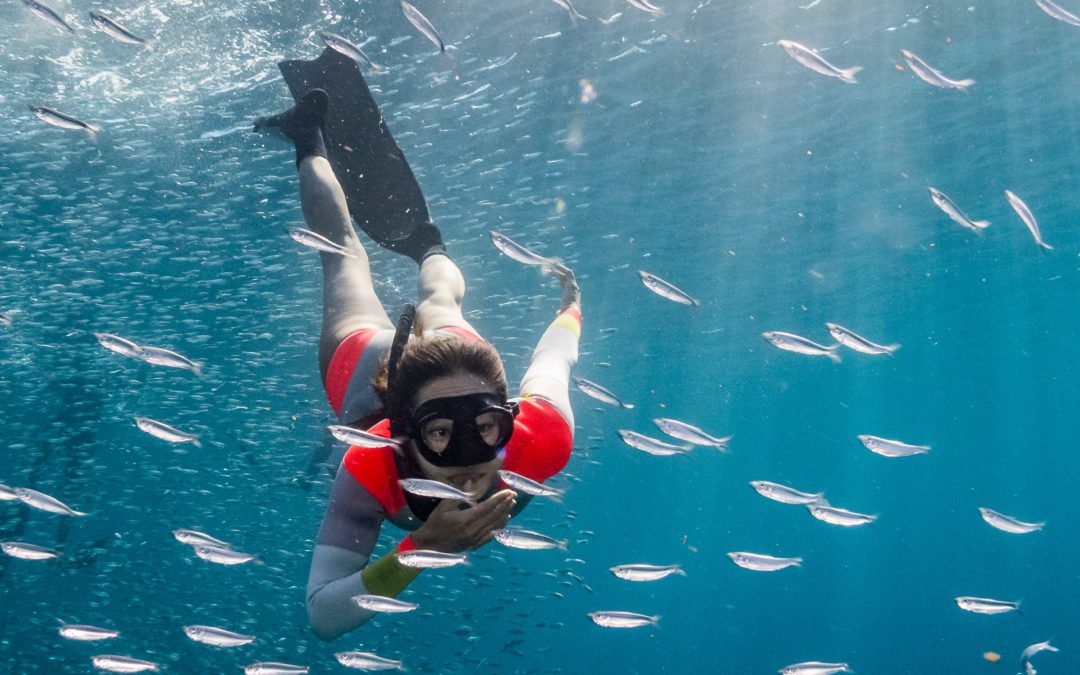



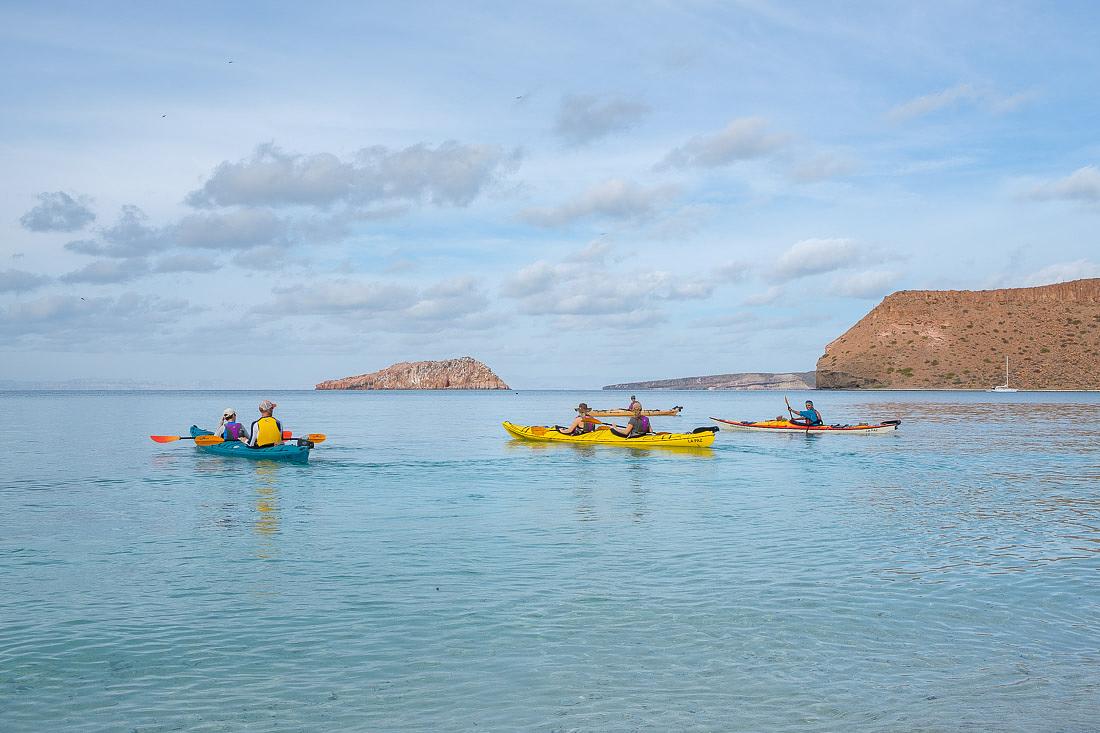




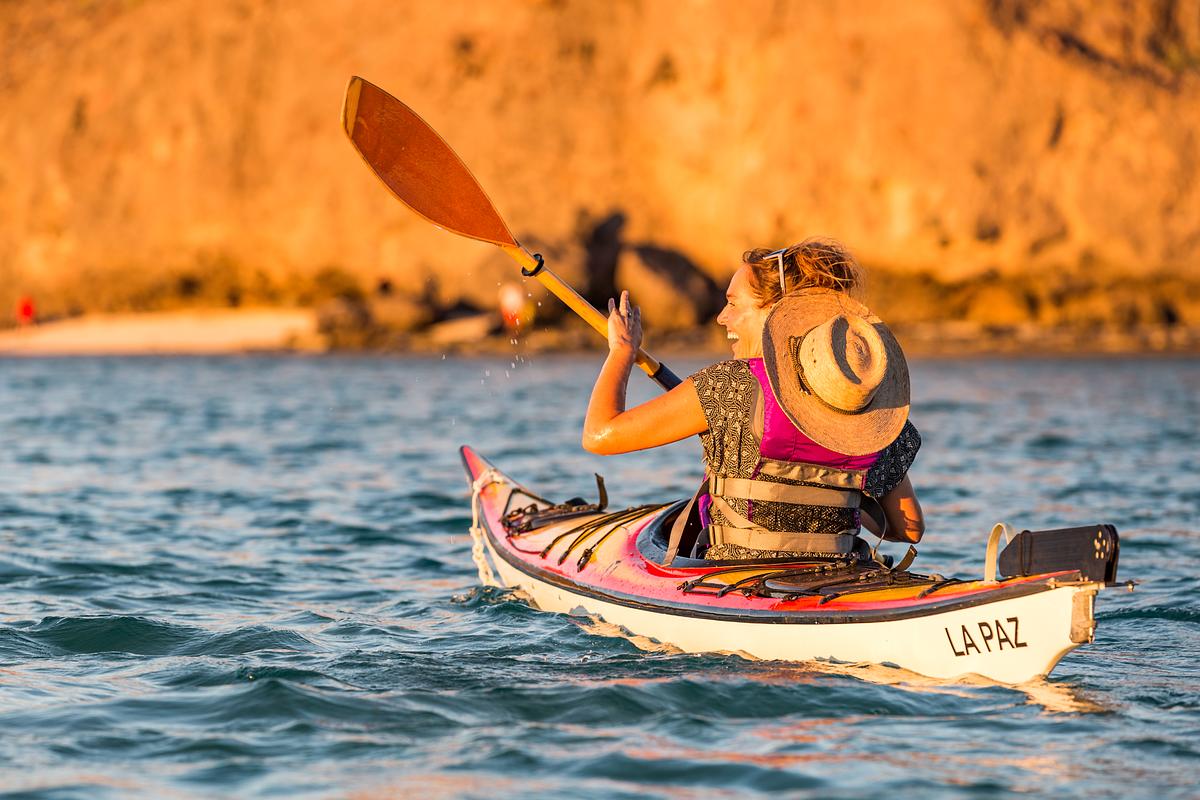
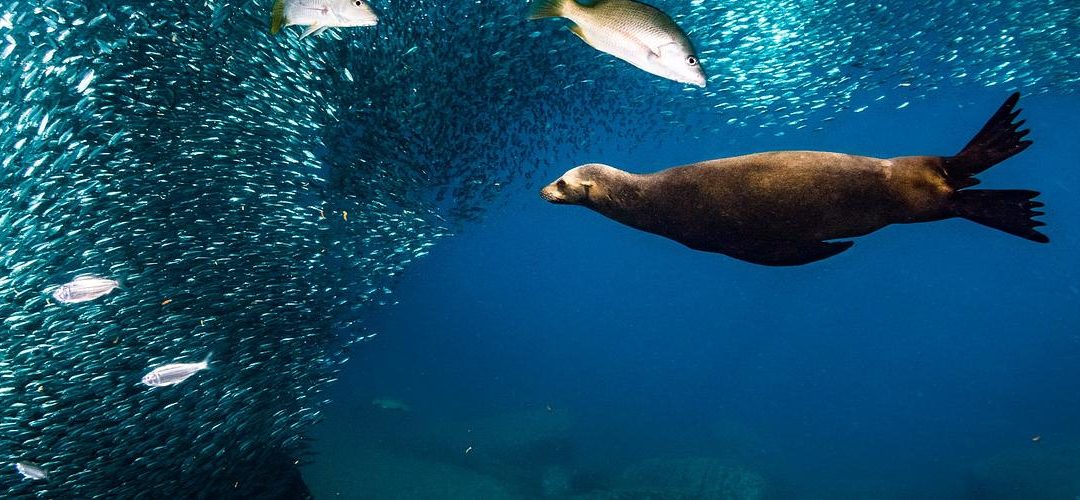
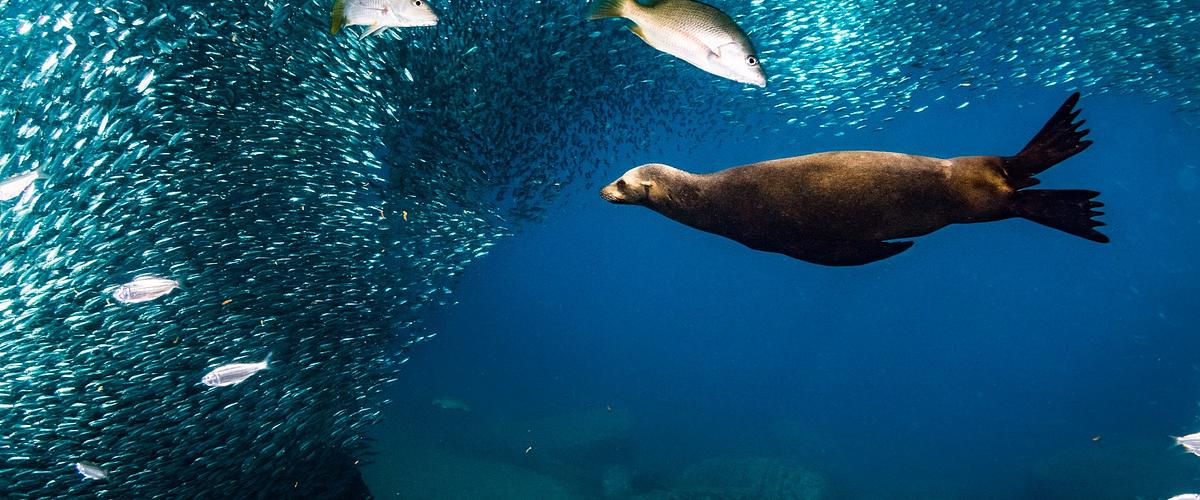








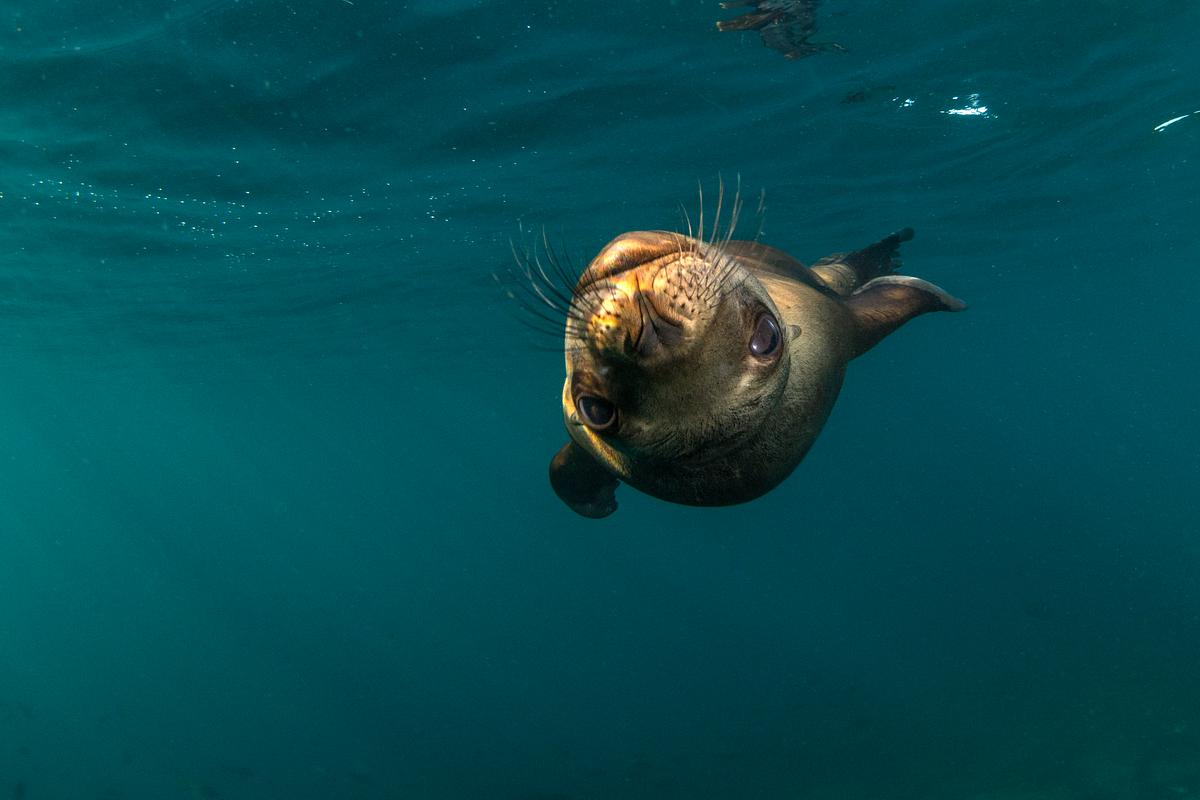




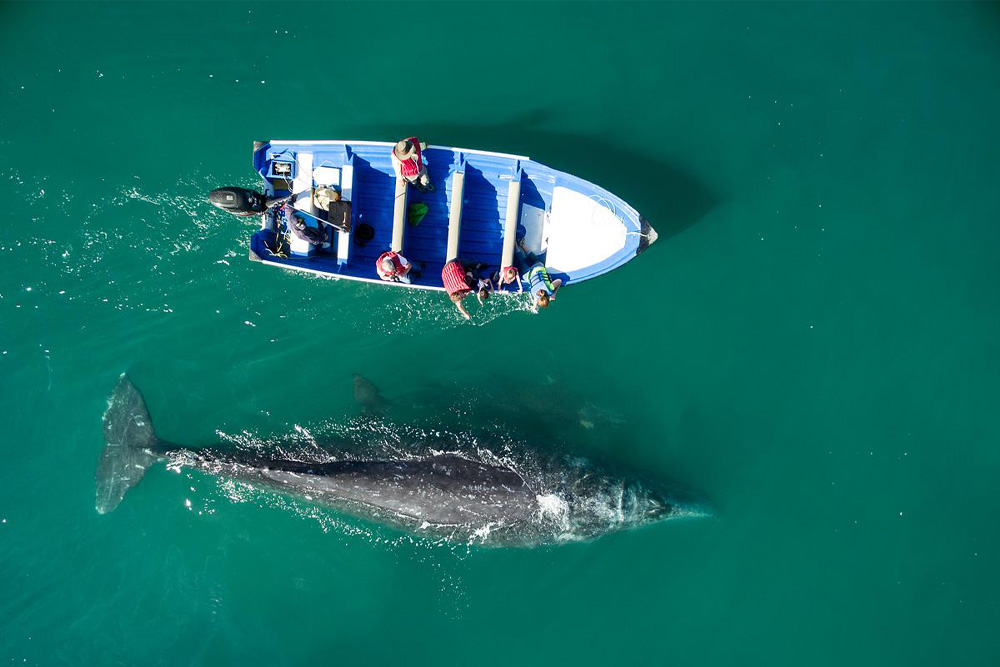


















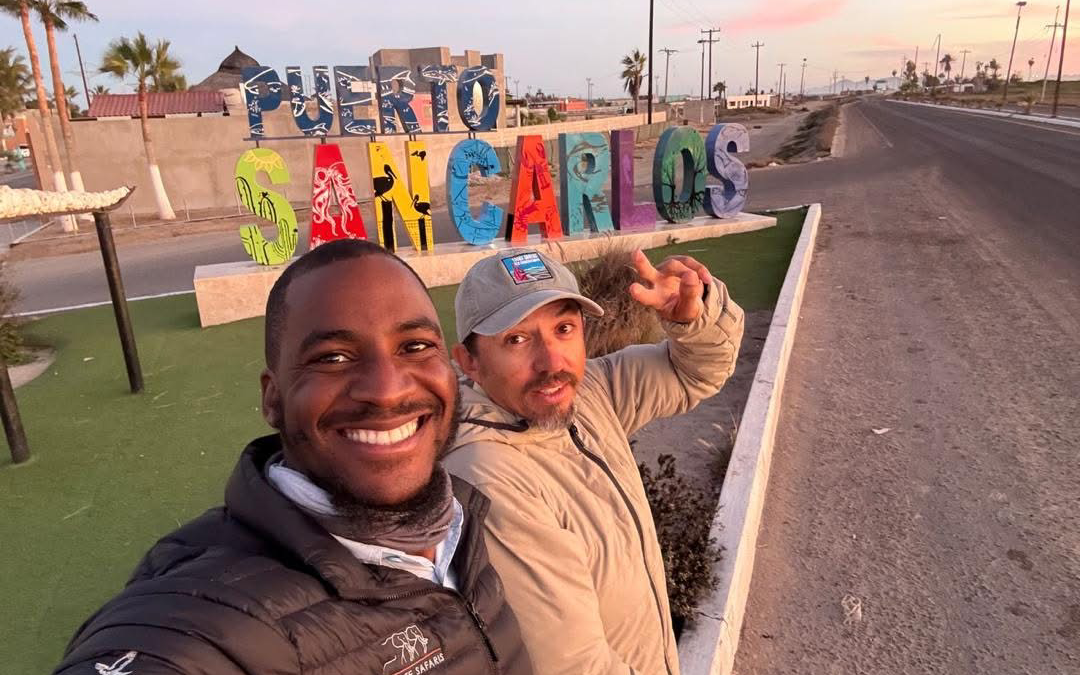
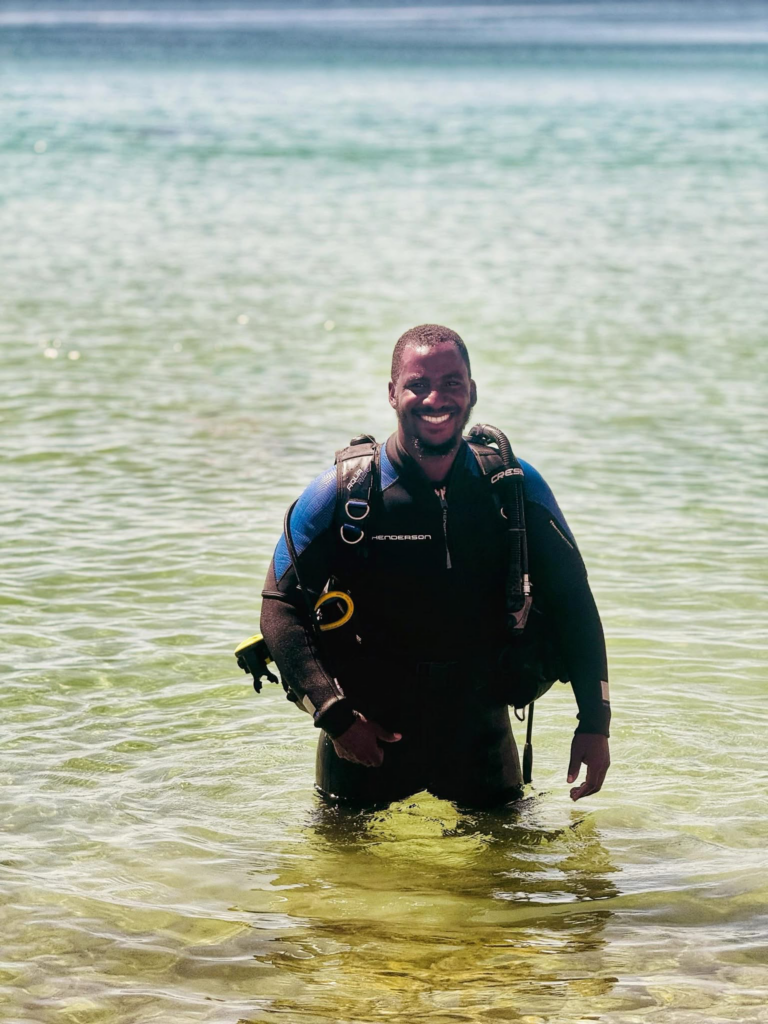 This year, Jason Nengola, Ultimate Safaris’ 2024 Ultimate Guide of the Year, travelled to Baja California, Mexico, for a three-week immersion experience with Todos Santos Eco Adventures. The exchange underscores a shared mission between the two companies: to empower guides, foster cross-cultural conservation practices, and celebrate the ecosystems they passionately protect.
This year, Jason Nengola, Ultimate Safaris’ 2024 Ultimate Guide of the Year, travelled to Baja California, Mexico, for a three-week immersion experience with Todos Santos Eco Adventures. The exchange underscores a shared mission between the two companies: to empower guides, foster cross-cultural conservation practices, and celebrate the ecosystems they passionately protect.
